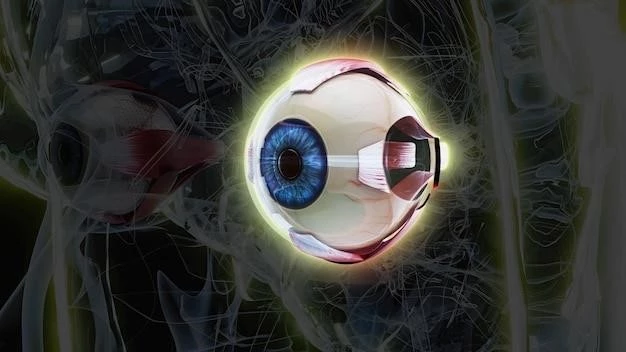Overview of Arthrogryposis
An overview of arthrogryposis, a condition characterized by joint contractures.
Definition and General Information
Arthrogryposis is a rare condition characterized by multiple joint contractures present at birth. It can affect one or more joints and may vary in severity. The underlying causes of arthrogryposis can be genetic or related to fetal environmental factors.
Causes of Arthrogryposis
Arthrogryposis can be caused by genetic mutations, maternal illnesses during pregnancy, or environmental factors.
Prenatal Causes
Arthrogryposis can be due to prenatal factors such as inadequate fetal movement, infections like Zika virus, or vascular disruptions affecting joint development. These factors can lead to restricted joint movement and contractures in newborns.

Treatment Options for Arthrogryposis
Various treatments include physical therapy, surgical interventions, and assistive devices.
Physical Therapy
Physical therapy for arthrogryposis involves exercises to improve range of motion, strength, and motor skills. It aims to enhance mobility, minimize joint contractures, and improve overall functionality.
Surgical Interventions
Surgical options, such as tendon transfers or releases, may be recommended to correct deformities, improve joint function, or address contractures in individuals with arthrogryposis. These procedures aim to increase mobility and enhance quality of life;
Assistive Devices
Assistive devices like braces, splints, or adaptive equipment can support mobility and function for individuals with arthrogryposis. These devices help improve independence in activities of daily living and facilitate participation in various tasks.
Understanding Ophthalmoplegia
An exploration of ophthalmoplegia, a condition characterized by weakness or paralysis of eye muscles.
Definition and Causes
Ophthalmoplegia refers to the weakness or paralysis of the muscles that control eye movement. This condition can be caused by nerve damage, infections, autoimmune disorders, or neurological conditions affecting the eye muscles.
Symptoms of Ophthalmoplegia
Common symptoms of ophthalmoplegia include double vision, drooping eyelids, and difficulty moving the eyes.
Common Symptoms
Common symptoms of ophthalmoplegia include blurred vision, eye pain, inability to move the eyes in certain directions, and ptosis (drooping of the eyelids). These symptoms can vary in severity depending on the underlying cause of the condition.
Management of Ophthalmoplegia
Treatment approaches for ophthalmoplegia focus on addressing underlying causes and managing symptoms.
Treatment Approaches
Treatment approaches for ophthalmoplegia may include medications to manage symptoms, eye exercises, surgery to correct muscle issues, or addressing underlying conditions such as nerve damage or autoimmune diseases.
Retinopathy⁚ Causes and Risk Factors
An exploration of the causes and risk factors associated with retinopathy, a condition affecting the retina.
Causes of Retinopathy
Retinopathy can be caused by various factors such as diabetes, hypertension, genetic disorders, infections, or exposure to toxins. These factors can lead to damage to the blood vessels in the retina, affecting vision.
Risk Factors for Retinopathy
Common risk factors for retinopathy include high blood pressure, diabetes, smoking, obesity, high cholesterol, and certain genetic conditions. Managing these factors can help reduce the risk of developing retinopathy and preserve eye health.
Latest Research on Arthrogryposis, Ophthalmoplegia, and Retinopathy
Overview of recent advancements in the research and treatment of arthrogryposis, ophthalmoplegia, and retinopathy.
Advancements in Treatment
Recent advances include innovative therapies, minimally invasive procedures, and personalized treatment modalities aimed at improving outcomes and quality of life for individuals with arthrogryposis, ophthalmoplegia, and retinopathy.
